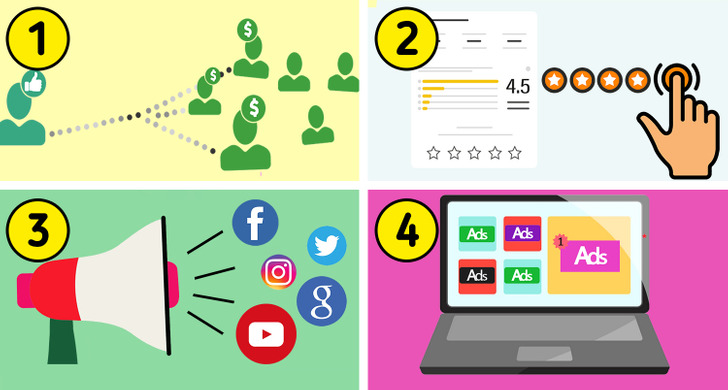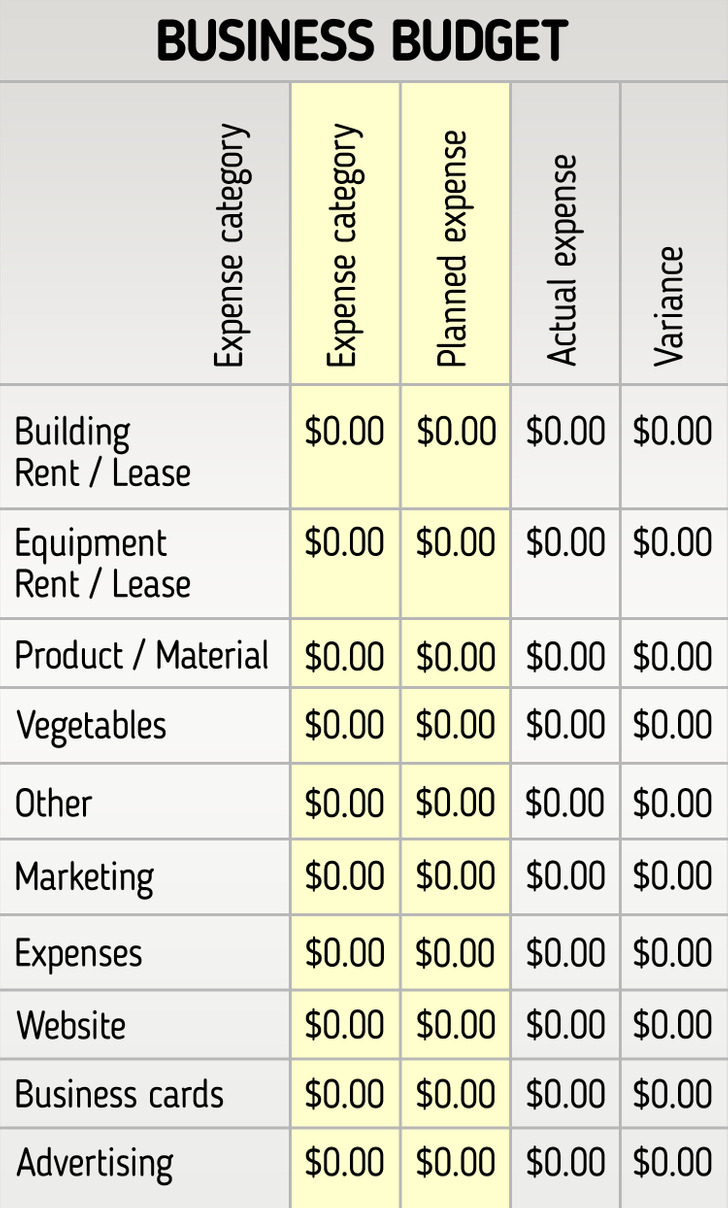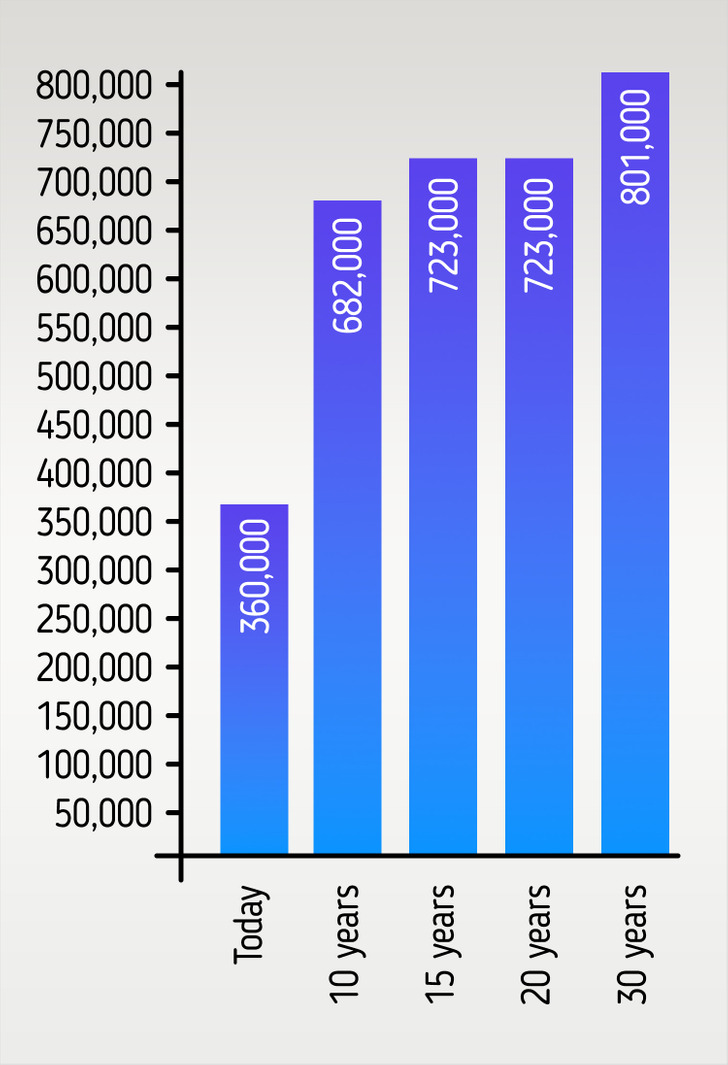How to Write a Business Plan
Starting a business can be thrilling. But if you don’t have a clear vision of what you want to achieve within several months and years, that excitement can turn into nervousness and despair. Therefore, it is good to have a business plan that will help you direct the development of your business in the right direction. With that in mind, 5-Minute Crafts made a brief guide on how to write a business plan.
The definition and importance of a business plan

A business plan is a written document that describes how you’ll get from point A to point B in three to five years. It describes in detail what your resources, abilities, and goals are now and maps out where you will be in the future and how you’ll get there.
Having a business plan can help you make sound decisions, identify any potential weaknesses, raise money for your business, and communicate your ideas with stakeholders. Typically, the length of a business plan should be about 15 to 20 pages. That being said, there are no two same business plans, but they all contain similar elements, which we will look at in detail below.
1. Create an executive summary

This is the part where you write an overview in two or three paragraphs of your whole business. It is based on:
- Who your target customers are — do your market research on who is buying or using what you are selling.
- Why they are dissatisfied with their current solutions — research your competitors and make a competitor analysis table.
- What your product or service is.
- What problem does it solve, and what makes it different from the competition.
Note: you should write the executive summary last, even though it appears here first, so you can summarize essential ideas from other parts. Leave it as a placeholder.
Example: Market research indicates an increasing number of millennials in Belgrade are interested in plant-based and eco-friendly diets. On top of that, high-end firms in the area are scarce: currently, only one exists but it doesn’t focus on selling eco-friendly products and it’s not vegan-certified. "Oh, My Veggies’’ wants to solve this problem by providing a premium, sustainable service for customers with disposable incomes, a love of nature, and good food.
2. Describe your company and how it will operate.

Here you write a company mission statement, history, and three objectives. Write a description of your company in two or three paragraphs, while you will write three objectives in a numerical list.
- The mission statement is your WHY. It should be emotional and moving. Think about what motivated you to start this business.
- Company history should contain the following details: Founding date, major milestones, location or locations, number of employees, executive leadership roles, flagship products or services, all summarized in a few paragraphs.
- Business objectives need to be specific, realistic, measurable, achievable, and time-bound.
Example: Oh, My Veggies’ mission is to change the way we look at foods and dishes that do not contain meat and animal ingredients.
Founded in 2020 by Aurora Betty, who has over 20 years of combined cooking vegan food and environmental experience. Our six employees so far have completed nine caterings for some of Belgrade’s most influential socialites and companies.
Our objectives over the next three years are to:
- Solidify a glowing reputation as a service-based business that always exceeds customers’ expectations and honors the environment.
- Complete at least 16 projects during year one, 22 in year two, and 34 in year three generated through word-of-mouth, referrals, and home shows.
- Increase revenue from $160,000 in FY2020 to $360,000 in FY2022 based upon ten completed projects in the last nine months.
3. Outline products and services.

Here, you can outline the products and services your business will offer in four to five paragraphs. You may also include pricing, product lifespan, and benefits to the consumer. Moreover, you can include into this block: production and manufacturing processes, any patents the company may have, as well as proprietary technology. Any information about research and development (R&D) can also be covered here.
Example: Throughout her career, Aurora Betty has worked worldwide at vegan restaurants as a cook. This gives Oh, My Veggies a unique picture of everything that has been in high demand by customers around the world in the field of vegan nutrition and can be offered to Belgrade’s residents who are most likely to use our service. Oh, My Veggies will prepare their vegan food intended for daily meals as well as for various celebrations. Also, it will provide catering services.
4. Make a market analysis

A market analysis looks into the size of the market, both in volume and in value. Also, it analyses the various customer segments and buying patterns, the competition, and the economic environment in terms of barriers to entry and regulation. In this part, you will figure out who your ideal potential customers are and the actual and potential size of your market. Be specific when doing this. In that way, you will show expertise and forge confidence. Target markets or persons should include location, income, age, gender, education, profession, hobbies, etc.
Example: Oh, My Veggies’ ideal customer is a millennial between the ages of 25 and 45 with a high awareness of environmental protection and a love of delicious food. They are students or a working professional. In love with the outdoors, they want to enjoy the beauty and serenity of nature and enjoy a good bite, but don’t have time and skills to make their meals.
Market research shows the opportunity for Oh, My Veggies has never been better:
- In Belgrade, total revenue from vegan services increased from $1.6 million in 2016 to $3.5 million in 2020.
5. Create a marketing strategy

In this section, describe how you will attract and retain customers as well as what the strategy is for approaching customers in two to three paragraphs. Specify the advertising and marketing campaign plans and which types of media those campaigns will be created. You can use search engines, social media, print, television, YouTube, word of mouth, etc.
Example: Oh, My Veggies’ marketing and sales strategy will leverage, in order of importance: word of mouth, referrals, reviews and ratings, social media, and local Google ads. Reputation is the number one purchase influencer in the vegan world. As such, channels 1-4 will continue to be our top priority. Our social media strategy will involve Instagram and Facebook posts of our dishes and catering services. As well as a YouTube channel where we will show how some of our best dishes are prepared.
6. Form a budget

Also, you will need a budget if you want your business to thrive. A budget is a list of planned revenues and expenses for a certain period of time and is usually compiled and re-evaluated on a periodic basis. You will include in the budget costs related to staffing, development, manufacturing, marketing, and any other expenses related to the business. The budget can be made in excel, or you can download free templates online. Above you have an example of what it could look like before filling it.
7. Create a financial plan

In order to attract investors or get a loan, it is necessary to include financial planning and projection in your business plan. Businesses that already exist can cover financial statements, balance sheets, and other financial information. While new businesses will instead include targets and estimates for the first few years of the business and any potential investors.
Example: Current revenue for Oh, My Veggies FY2022: $200,000
- 10 completed projects
- ~$20,000 per project
- 15% profit margins
- $30,000 net
FY2022 projections: $360,000
- 34 completed projects
- ~$20,000 per project
- 15% profit margins
- $54,000 net
FY2023 projections: $552,000
- 54 completed projects
- ~$23,000 per project
- 12% profit margins
- $66,240 net